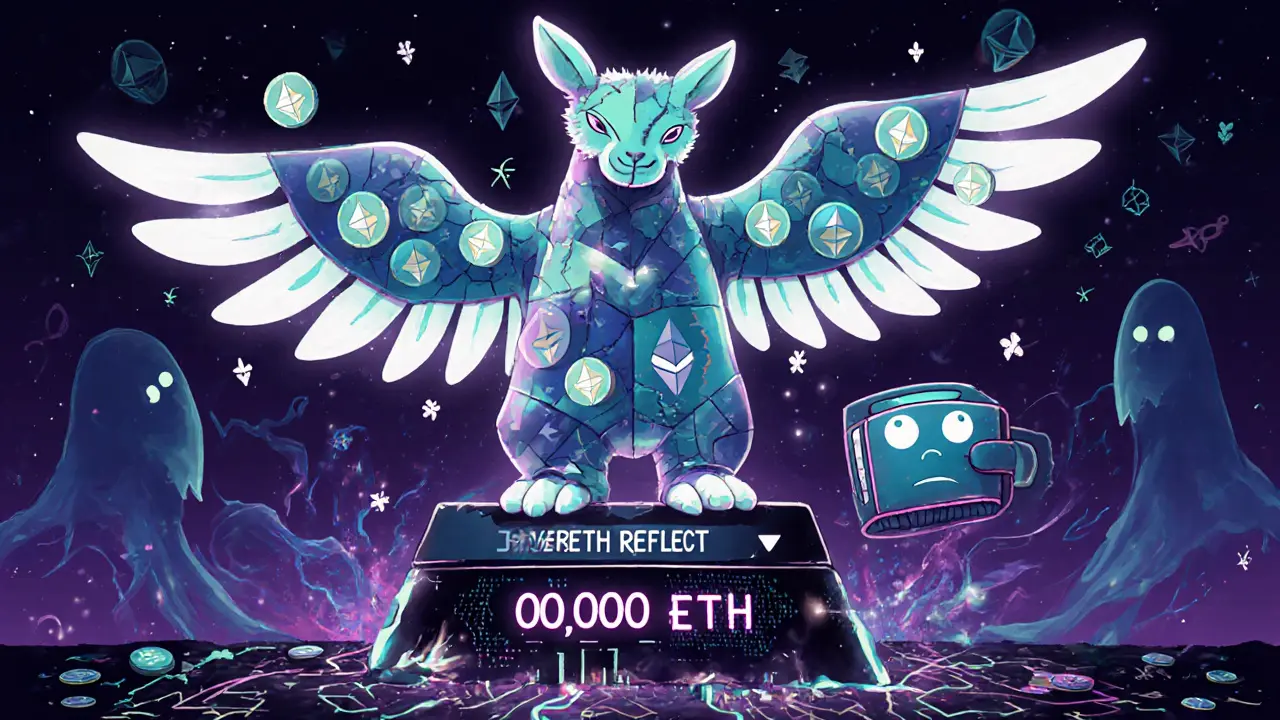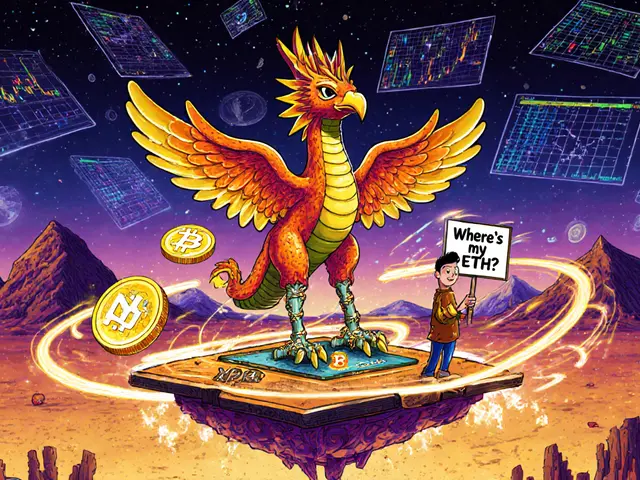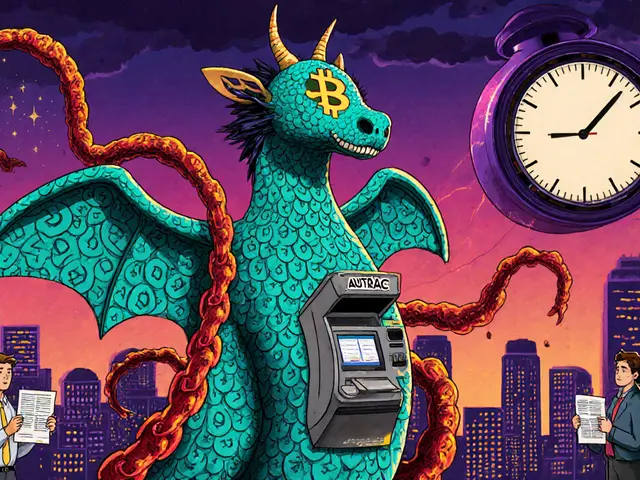Penny Crypto: What It Really Means and Why Most Fail
When people talk about penny crypto, low-priced digital tokens often under $0.01 that promise massive returns. Also known as micro-cap tokens, these are usually coins with tiny market caps, little to no trading volume, and often no real team or use case. They show up in Telegram groups, TikTok videos, and Reddit threads as "the next Bitcoin"—but 95% of them vanish within months.
Penny crypto isn’t a strategy—it’s a lottery ticket with terrible odds. You’ll find them everywhere in this collection: Husky Avax (HUSKY), a meme coin on Avalanche with a 100-trillion supply and zero utility, or OBVIOUS COIN, a Solana-based token with no team, no roadmap, and no future. These aren’t investments. They’re gambling chips with fake hype. Then there are the dead coins—Franklin (FLY), an ERC-20 token tied to a dormant DeFi project with no activity since 2022, or BSClaunch (BSL), a Binance Smart Chain token that launched big and vanished quietly. These aren’t just low-priced—they’re abandoned.
Some penny crypto projects masquerade as airdrops. LACE airdrop, promised by Lovelace World, never happened—no tokens were sent, no exchange listings followed. Same with CryptoTycoon (CTT), a fake airdrop designed to steal your wallet private keys. These aren’t mistakes. They’re scams built on the hope that someone will fall for the next big thing. Even legitimate-sounding names like AmpleSwap (AMPLE), marketed as a top DEX but with zero trading volume and conflicting supply data turn out to be empty shells.
Here’s what you need to know: if a coin costs less than a penny, the risk isn’t just high—it’s designed to be ignored. Real crypto wealth comes from understanding value, not chasing price. This collection doesn’t tell you which penny crypto to buy. It shows you which ones are dead, which are scams, and which are just noise. You’ll see how non-custodial wallets protect you from exchange-based fraud, how MiCA regulations are cleaning up shady platforms, and why even the most "promising" low-cap tokens like KILO or AMPLE rarely survive past six months. If you’re looking for a shortcut to crypto riches, you’re in the wrong place. But if you want to stop losing money on tokens that shouldn’t exist—you’re exactly where you need to be.









